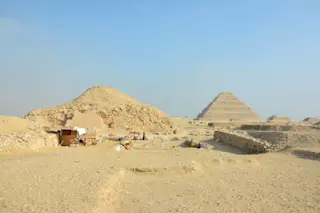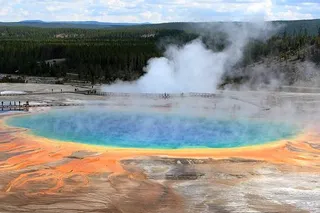Around 2,600 years ago, a small ceramic bowl sat in a subterranean workshop. Carrying hints of cedar and honey, the bowl was used by Egyptian embalmers to blend essential oils and beeswax for the multimonth process that transformed corpses into mummies.
Reciting incantations, removing organs, and applying substances that made bodies dry, fragrant, and microbe-free, the embalmers employed a multifaceted set of skills.
“They knew the ritual practices, but also [a] kind of chemistry,” says Maxime Rageot, a biomolecular archaeologist at the University of Tübingen in Germany.
Over the past four years, Rageot and colleagues have gained unprecedented insights into the substances and steps involved in ancient Egyptian mummy-making. Their analysis of molecules trapped in pottery, as published in a Nature paper from February 2023, revealed that embalmers sourced ingredients from surprisingly far-flung lands for their specific biomolecular properties.
The Egyptians perfected the practice of mummification over the course of ...















